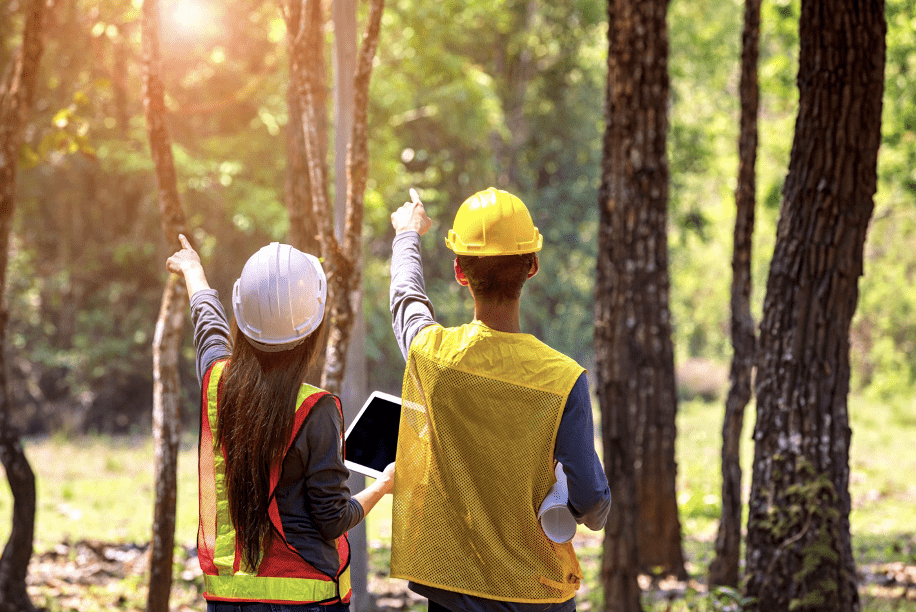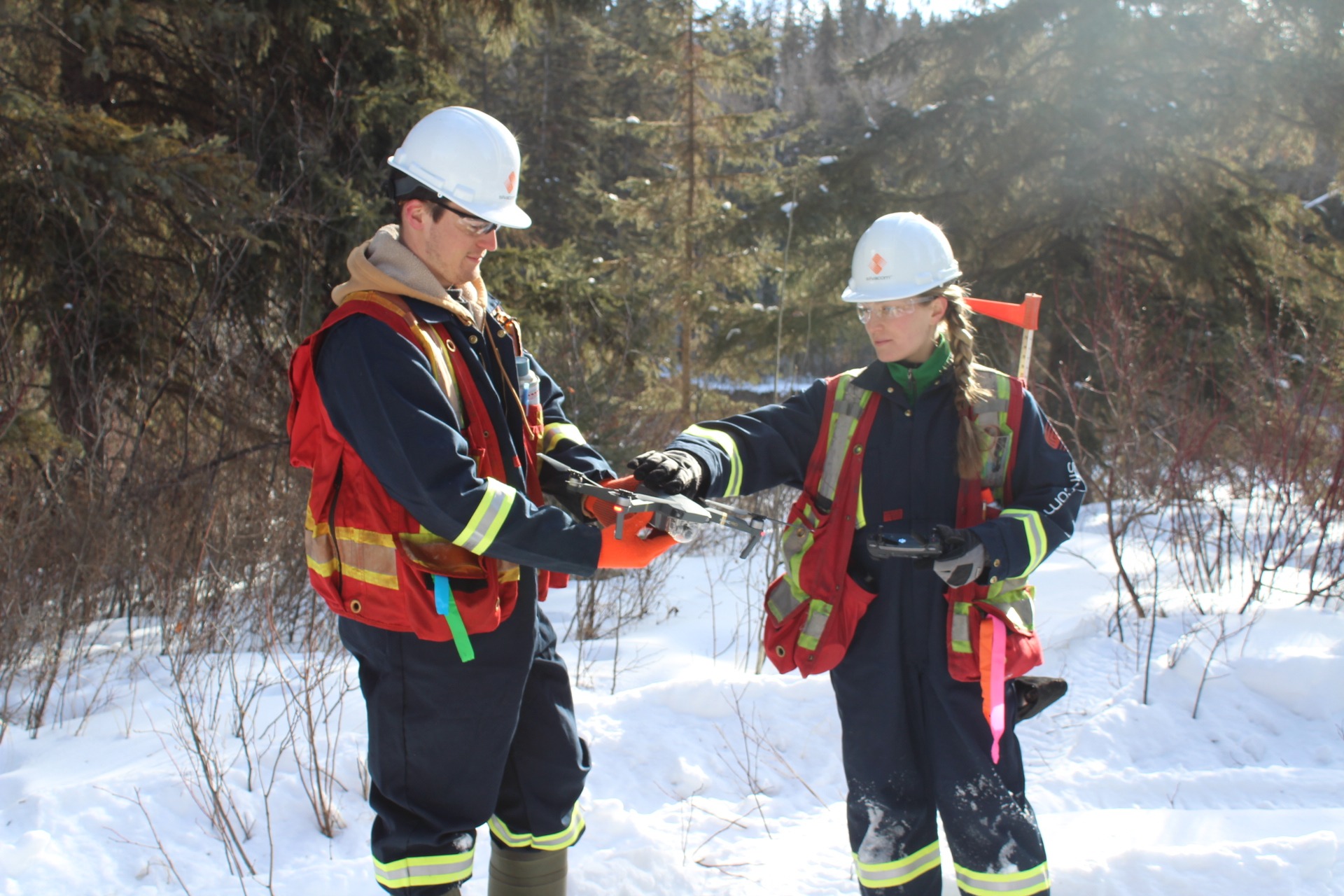Forestry in the Digital Age: Why Experience Still Matters
 While new technologies offer powerful forestry tools, they’re no substitute for ‘boots on the ground’ write the authors/Adobe
While new technologies offer powerful forestry tools, they’re no substitute for ‘boots on the ground’ write the authors/Adobe
By Tom Grabowski and Alexander Bilyk
September 16, 2024
As with so many other sectors, technology has changed how the forest industry solves problems – whether in carbon monitoring, biodiversity management, EU Deforestation Regulation (EUDR), supply chain issues, ESG reporting, or active forest management. As natural resource management consultants who’ve been at the leading edge of technology and forestry for decades, we’ve repeatedly seen the purveyors of new technologies make promises they simply cannot keep. We’re also concerned that the forest industry and government are re-inventing the wheel through an ignorance of historical research and accomplishments.
Canada has been a global leader in applying remote sensing and other modern technologies to map its vast forests and assist with forest management. Technologies deployed with much fanfare include Landsat in the 1970s, multispectral/multiscale imagery and RADARSAT in the 80s and, more recently, LiDAR, drones, and artificial intelligence. Yet, amid the excitement around new technology, it is essential to recognize a fundamental truth: technology is not a replacement for human experience. Accurately interpreting data comes from years of “boots on the ground”, not just from computer algorithms. LiDAR, the technology-du-jour, is now recognized as a critical tool for forest management. It is very accurate at measuring canopy height, density, and even biomass. However, interpreting LiDAR data to distinguish among tree species, age classes, or forest-fire fuel types requires expert analysis. The raw data must be processed and validated by those with extensive field experience to yield meaningful insights.
Drones have revolutionized forest monitoring by providing high-resolution, on-demand imagery. They offer unprecedented flexibility in data collection, allowing for targeted surveys and frequent updates. However, processing and analyzing drone imagery to extract useful information requires significant expertise. Drones can identify harvest block boundaries, monitor regenerating forests, and assess damage from pests or storms, but translating these observations into effective management strategies relies on practical field experience.
Deep Understanding
Forestry professionals possess a deep understanding of forest ecosystems, enabling them to make informed decisions that technology alone cannot. This expertise is crucial for interpreting remote sensing data, validating results, and making practical decisions. The knowledge and intuition developed over years in the field cannot be replicated by algorithms or automated systems. For example, veteran foresters can recognize subtle signs of forest health issues, such as changes in leaf color or patterns of tree mortality, that may be missed by automated systems. Technology should empower forestry professionals to make faster decisions and improve field efficiency, but never be used as a full replacement. Chasing after the latest shiny object is not a substitute for solving problems by engaging professional foresters with years of knowledge and experience.
 ‘Training programs must emphasize the importance of both technical skills and field experience,’ write Grabowski and Bilyk/Adobe
‘Training programs must emphasize the importance of both technical skills and field experience,’ write Grabowski and Bilyk/Adobe
Recently, we have seen the pace of global image capture ramp up. With the advent of micro satellites like those deployed by Planet, the entire earth is imaged daily at a resolution 10x that of Landsat. This high-frequency data collection can significantly enhance forest monitoring efforts, allowing for the rapid detection of changes and more timely responses to issues such as illegal logging or natural disturbances. However, the sheer volume of data generated by such frequent imaging necessitates sophisticated analysis techniques and experienced interpretation to extract meaningful insights and actionable information.
Artificial intelligence (AI) has the potential to play a transformative role in forestry by automating data processing and enhancing the analysis of remote sensing imagery. Machine learning algorithms can be trained to identify patterns and anomalies in large datasets, potentially uncovering trends that might be overlooked by human analysts. AI can assist in tasks such as classifying tree species, detecting signs of disease, and predicting forest growth patterns. Nevertheless, the successful application of AI in forestry still relies on the expertise of experienced professionals, like well-trained photo-interpreters, to train the algorithms, validate their outputs, and integrate the insights into practical management strategies.
Irreplaceable Insights
Remote sensing and other technology tools, when used in conjunction with the expertise of foresters, can lead to more effective and efficient forest management. This synergy allows for better monitoring, planning, and decision-making. For instance, accurately measuring and managing forest carbon stocks necessitates both advanced technology and expert validation. Remote sensing can estimate carbon sequestration potential and track changes over time, but ground-based measurements and expert analysis are essential to ensure accuracy and to interpret the implications for forest management and climate policy. Some of the recent debacles in the forest carbon validation space appear to be the result of too much trust being placed in purely theoretical or academic solutions by people with limited practical forestry expertise.
The forest sector must evolve to integrate technology with human expertise. Training programs must emphasize the importance of both technical skills and field experience, preparing new professionals to bridge the gap between emerging technologies and practical application. Collaborative efforts among academic institutions, industry and government agencies must foster this integration, ensuring that the next generation of foresters is well-equipped to face the challenges ahead. We cannot lose field experience in our post-secondary forestry and environment education.
While new technologies offer powerful tools for forestry, they are not substitutes for the expertise of experienced forestry professionals. A balanced approach, combining technological advancements with experience, is essential for sustainable forest management. By recognizing the limits of technology and valuing the irreplaceable insights of experienced forestry professionals, we can ensure that our forests are managed effectively and responsibly.
Tom Grabowski is President, CEO and Co-Founder of the Silvacom Group.
Alexander Bilyk is Director of Innovation for Silvacom.
